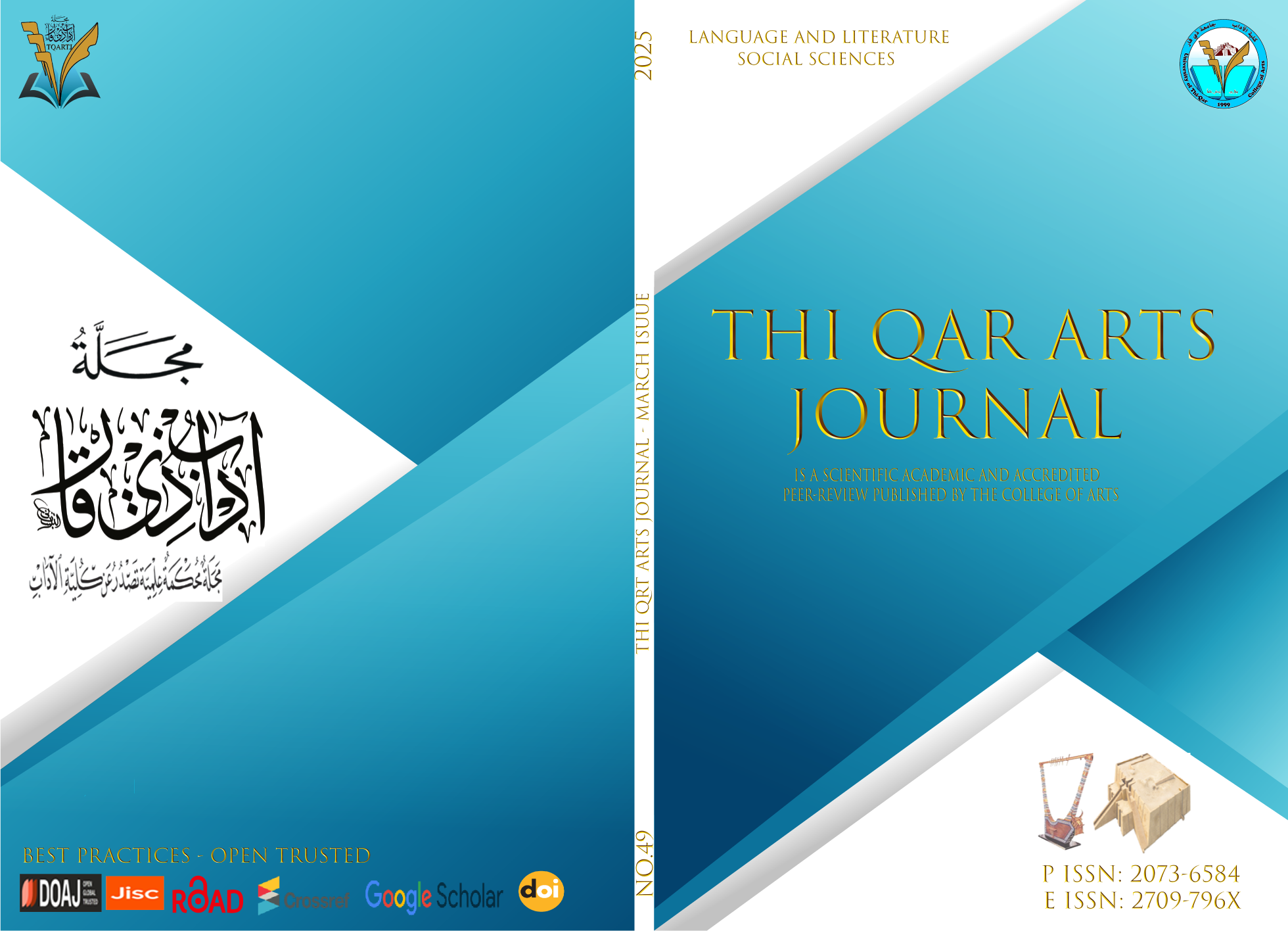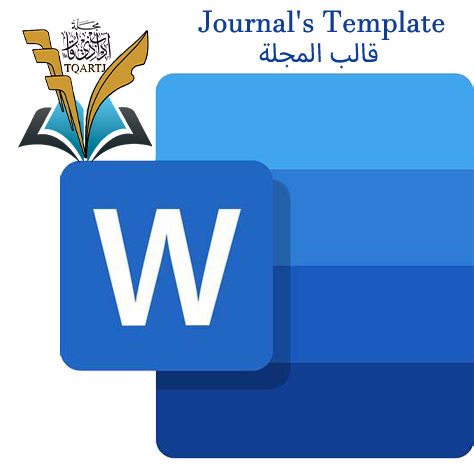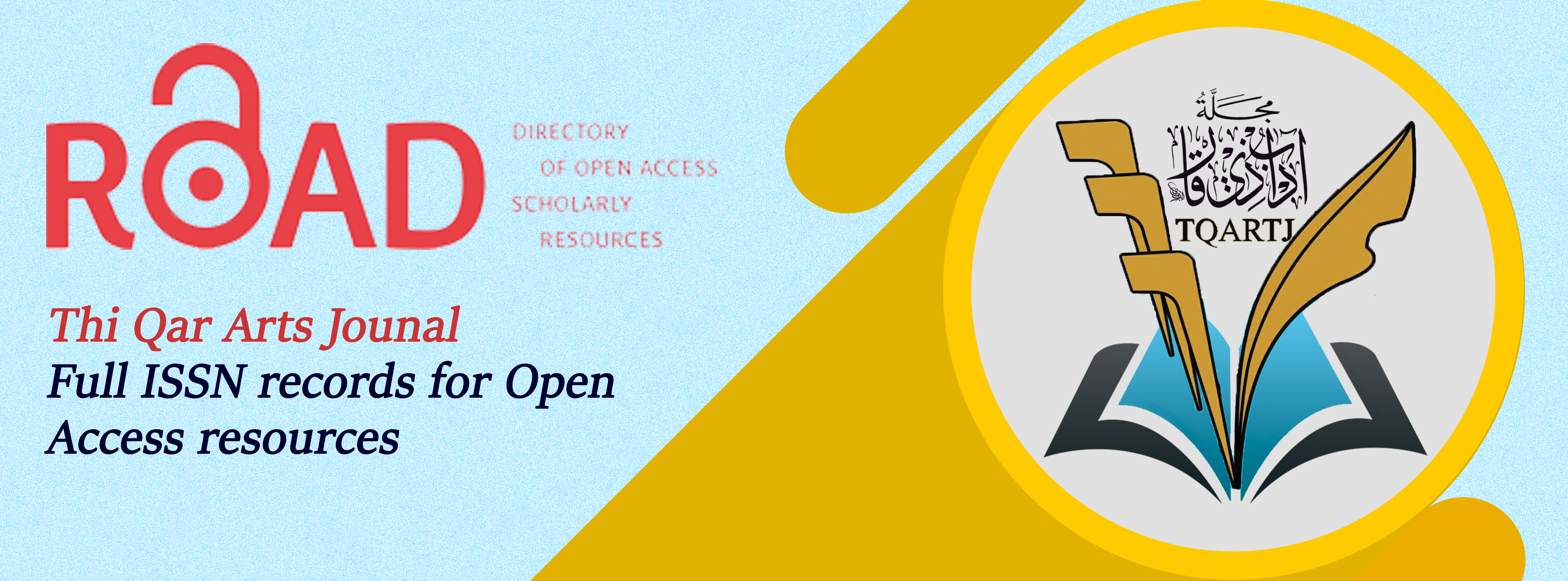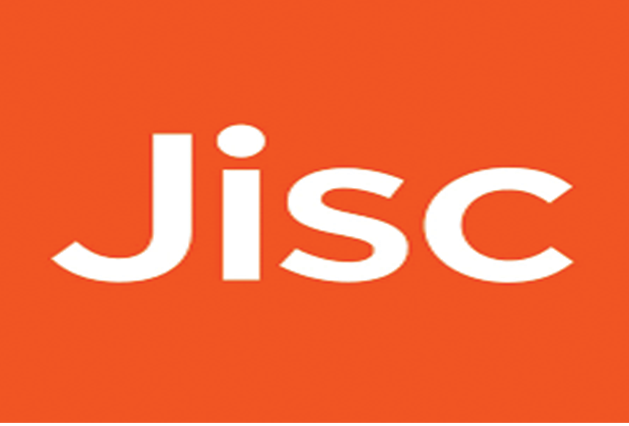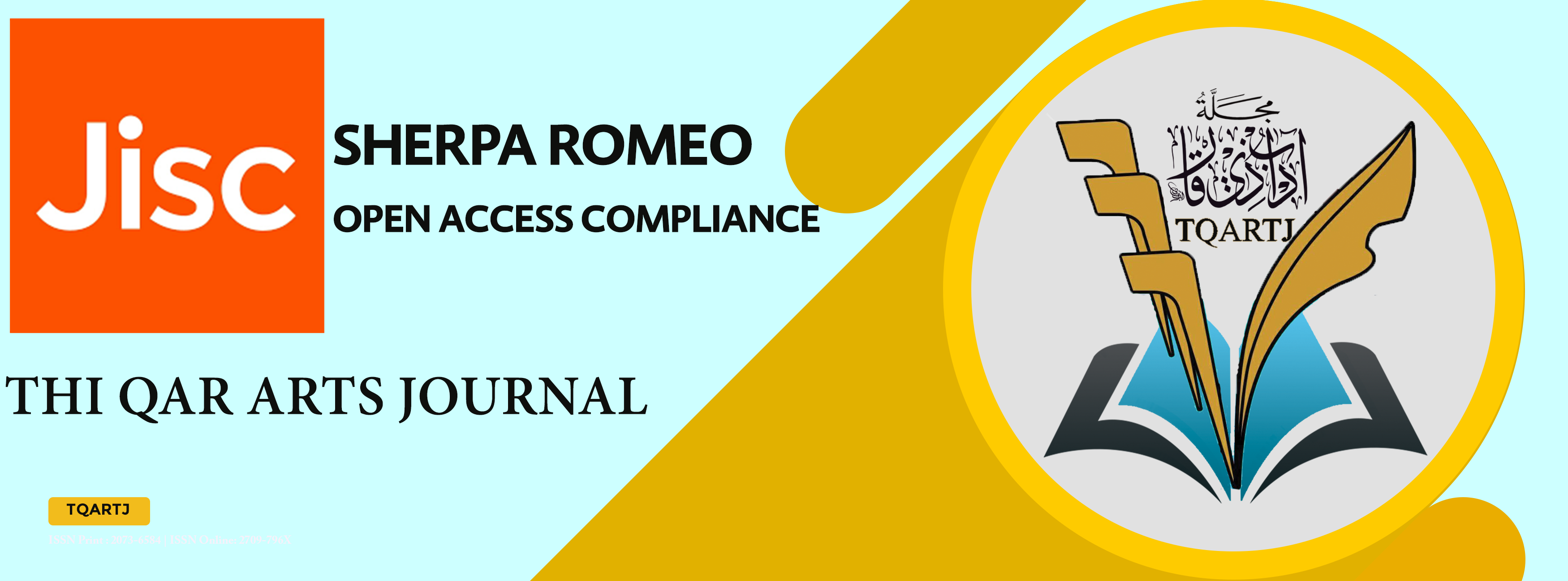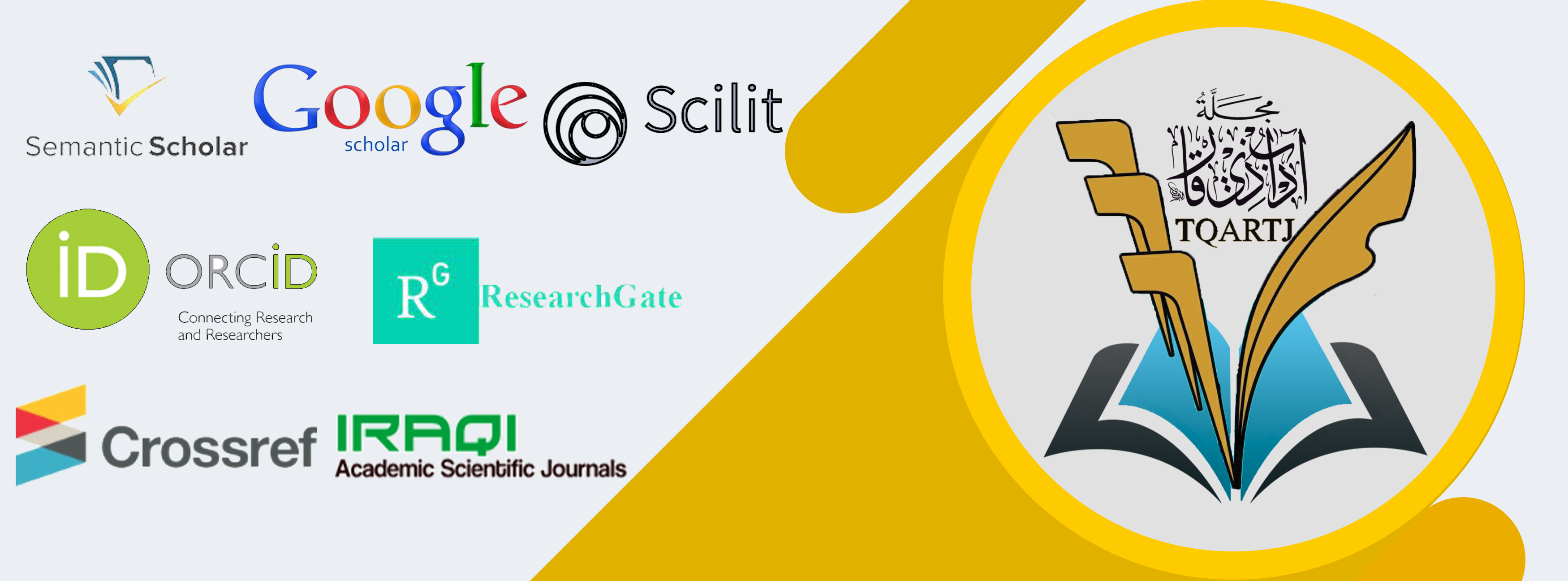Force Image Schema in “The Farmer and the Cheeses” English Folktale
DOI:
https://doi.org/10.32792/tqartj.v1i49.784Keywords:
Image schema theory, FORCE image schema, FolktaleAbstract
This study aims at analyzing a British folktale which is “The Farmer and the Cheeses” according to one of the cognitive semantic theories which is image schema theory. Force image schema and its eight categories are adopted in the analysis of a folktale. The study is authentic in introducing a new vision and innovative terms related to FORCE image schemas and schematic figurative language as these schemas are applied on a narrative form. The study introduces how FORCE schemas help in conceptualizing meaning to see their effectivity in construing narrative experiences. Throughout this study, many authentic results are achieved. The most important ones are: Objects can be endowed with abilities to be what can be called MOMENTORS i.e., the moving object’s momentum quantity is larger than any obstacle to stop that object. Moreover, in relation to schematic figurative language, an inanimate object can have kinetic energy is activated by another force therefore, the cheeses MOMENTUM can be called QUASI-MOMENTUM.
Downloads
References
Alkhammash, Farah Aboubakr. The folktale as a site for framing Palestinian memory in 'Speak bird, speak again' and "Qul ya Tayer'. Phd thesis, United Kingdom: University of Manchester, 2014.
Barcelona, Antonio and Javier Valenzuela. An Overview of Cognitive Linguistics. In: Cognitive Linguistics: Convergence and Expansion, edited by Mario Brdar, Stefan h. Gries and Milena Žic Fuchs, (John Benjamins B.V., 2011)
Cervel, Sandra Peña. “Subsidiarity Relationships Between Image Schemas: An Approach to the Force Schema”. Journal of English Studies I, (1999), 187-207. https://www.researchgate.net
Gärdenfors, Peter. “Bodily forces, actions and the semantics of verbs”. In Bodies in Action and Symbolic Forms, edited by Alex Arteaga, Marion Lauschke & Horst Bredekamp, 253-272. (Akademie Verlag, 2012).
Evans, Vyvyan and Melanie Green. Cognitive Linguistics: An Introduction.: Edinburgh University Press Ltd, 2006.
Geeraerts, Dirk. Theories of lexical semantics. Oxford: Oxford University Press, 2010.
Gibbs, Raymond W. Jr., and Herbert L. Colston. “Image Schema: The cognitive psychological reality of image schemas and their transformations,” In Cognitive Linguistics: Basic Readings, edited by Dirk Geeraerts, 347-378. (De Gruyter Mouton, 2006).
Green, Thomas A. 2006. The Greenwood Library of American Folktales. Vol.I. Greenwood Press.
Hedblom, Maria M., Oliver Kutz, and Fabian Neuhaus, “Choosing the Right Path: Image Schema Theory as a Foundation for Concept Invention,” Journal of Artificial General Intelligence 6 no.1 (2015): 21-54, https://www.researchgate.net
Johnson, Mark. The Body in the Mind. The University of Chicago: Chicago Press. 1987.
Keding, Dan, and Amy Douglas. English Folktales. United States of America: Libraries Unlimited, 2005.
Lwin, Soe Marlar. “Revisiting a Structural Analysis of Folktales: A Means to an End?” The Buckingham Journal of Language and Linguistics 2, no. 1 (September 2009): 69-80, https://www.researchgate.net.
Marks, Lawrence E. “On Perceptual Metaphors”. Metaphor and Symbolic Activity, Vol.11 no.1 (1996): pp.39–66. https://www.researchgate.net/profile/Lawrenc.
Marks/publication/247503827_On_Perceptual_Metaphors/links/557c1dbf08aeea18b776a490/On-Perceptual-Metaphors.pdf
Nielsen, Linda. “Toward a Unified Theory of Risk, Resilience and Sustainability Science with Applications for Education and Governance.” A PhD Thesis, Denmark: Aalborg University Press, 2020.
Oakley, Todd. Image Schemas. In: Handbook of Cognitive Linguistics, edited by Geeraerts, Dirk and Cuyckens, Hubert, Oxford: Oxford University Press, 2007
Radden, G. “Motion metaphorized: the case of coming and going”. In: Cognitive Linguistics in the Redwoods: The Expansion of a New Paradigm in Linguistics, edited by E.H. Casad. Berlin, New York: Mouton de Gruyter, 1996.
Shabana, Noha Omaya; Attia, Mona and Al Arousy, Nahwat. “Image Schema Theory as Means of Persuasion: An Analysis of Selected American Drama Movie Trailers”. British Journal of Translation, Linguistics and Literature (BJTLL), Vol.3, Issue 2 (Spring 2023): pp.10-35. https://www.researchgate.net.
Stadler. Michael W. The Ontological Nature of Part-Whole Oscillations. An Interdisciplinary Determination. Vienna: Austrian Academy of Sciences, 2020. https://www.austriaca.at/8592-5inhalt?frames=yes
Szwedek, Aleksander. 2019. “The Image Schema: A Definition”. STYLES OF COMMUNICATION. Vol.11, no.1 (2019): pp.7-28. https://www.researchgate.net.
Published
Issue
Section
License
Copyright (c) 2025 Sanaa Yousif Ahmed , Dr. Ismail Abdulrahman Abdulla

This work is licensed under a Creative Commons Attribution 4.0 International License.
The journal applies the license of CC BY (a Creative Commons Attribution International license). This license allows authors to keep ownership of the copyright of their papers. But this license permits any user to download, print out, extract, reuse, archive, and distribute the article, so long as appropriate credit is given to the authors and the source of the work. The license ensures that the article will be available as widely as possible and that the article can be included in any scientific archive.
